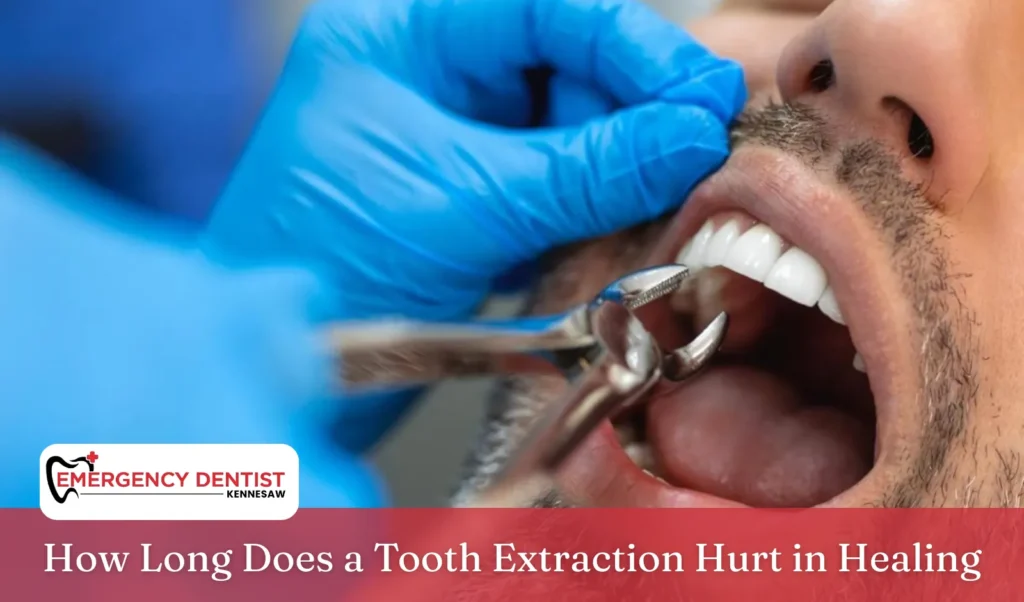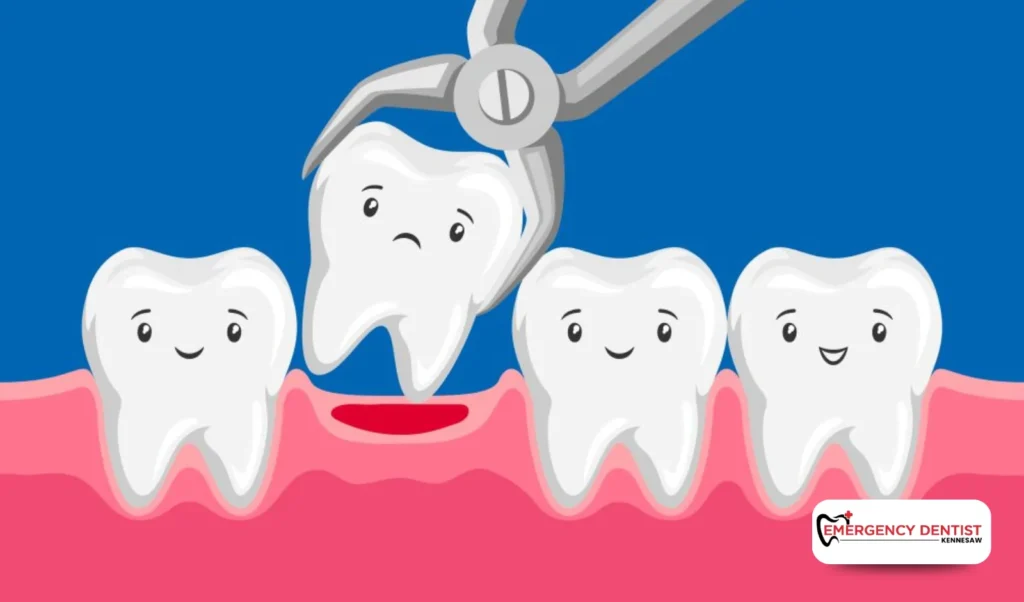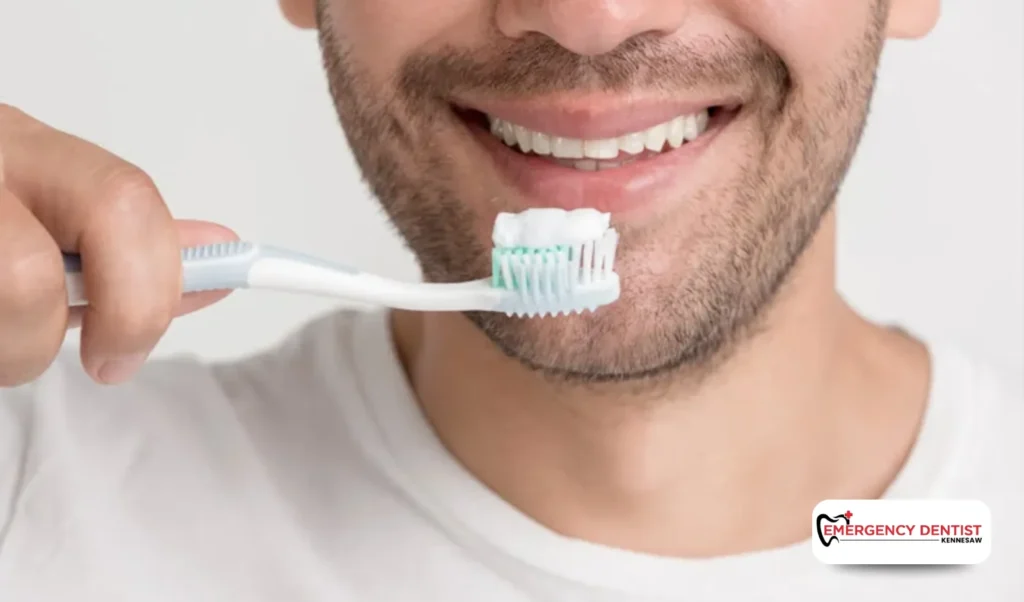How Long Does a Tooth Extraction Hurt in Healing

Having a tooth removed may feel overwhelming, but sometimes it is the best option to protect your oral health. Whether caused by tooth decay, infection, or damage near the gum line, many patients ask: “How long does a tooth extraction hurt?” Understanding what’s normal, what may be a sign of infection, and how to follow proper aftercare instructions can make the healing process smoother and less stressful.
Why Tooth Extraction Causes Pain
When a dentist performs simple extractions or surgical procedures, the body begins healing almost immediately. Within the first 30 minutes, a blood clot forms in the socket where the tooth was removed. This clot protects exposed bone and nerves while allowing gum tissue to repair itself.
While local anesthesia prevents discomfort during the procedure, pain often appears once it wears off. Some pain and swelling are expected, and the amount of discomfort depends on whether the procedure involved a wisdom tooth or a less complex extraction.
How Long Does a Tooth Extraction Hurt?

Recovery usually follows a predictable timeline:
- First 24 hours: Pain is at its peak as anesthesia wears off. Swelling and light bleeding are normal.
- 48 hours: Swelling may increase slightly but usually begins to ease with rest and medication.
- Days 3-5: Soreness decreases significantly, and eating soft foods becomes easier.
- One week or more: Most patients feel much better if the extraction site is healing properly.
For wisdom teeth or surgical extractions, discomfort may last up to two weeks, though it should improve steadily.
How Long Should a Tooth Extraction Hurt?
In most cases, soreness fades within a week. However, if pain persists, worsens, or spreads to the jaw or ear, it may signal a complication.
Possible Warning Signs:
- Dry socket: When the clot is lost too early, exposing bone and nerves, causing severe throbbing pain.
- Sign of infection: Swelling that worsens, fever, pus, or persistent bad breath.
- Prolonged bleeding: Heavy bleeding after the first day is not normal.
If you notice these symptoms, don’t wait, schedule an appointment with an Emergency Dentist in Kennesaw for proper care.
Managing Pain After Tooth Extraction

Following safe practices can reduce discomfort and support the healing process:
- Ice pack: Apply to your cheek in 15-20 minute intervals during the first 24 hours to limit swelling.
- Warm salt water rinse: After the first day, gently rinse your mouth to keep the extraction site clean.
- Soft foods: Stick to mashed potatoes, yogurt, or soup until chewing is more comfortable.
- Gently rinse: Do not spit forcefully, allow liquid to fall naturally to protect the blood clot.
- Pain medication: Follow your dentist’s instructions for over-the-counter or prescription relief.
Protecting the Extraction Site

To prevent complications and encourage recovery:
- Brush carefully, but avoid the extraction site for the first few days.
- Use a soft-bristled toothbrush to maintain oral health without disturbing the clot.
- Avoid alcohol-based mouth rinses until healing progresses.
- Focus on avoiding smoking, which can dislodge the clot and increase the risk of dry socket.
By protecting the blood clot, you give your mouth the best chance to heal smoothly.
When to Schedule an Appointment with an Emergency Dentist in Kennesaw
While some soreness and swelling are normal, you should contact an Emergency Dentist in Kennesaw if:
- Pain after tooth extraction worsens rather than improves.
- Pain persists beyond one week.
- You notice pus, foul odor, or ongoing bad breath.
- You experience severe throbbing pain that may indicate dry socket.
- Bleeding remains heavy after the first 24 hours.
Seeking timely professional help keeps the healing process on track and prevents complications.
Conclusion
So, how long does it hurt after tooth extraction? For most people, discomfort peaks during the first 24 to 48 hours and then gradually eases. By one week, pain is usually minimal if the extraction site remains undisturbed.
By using an ice pack, eating soft foods, rinsing gently, and carefully following aftercare instructions, you can recover with less discomfort.
If you notice a sign of infection, ongoing bleeding, or if pain persists, don’t wait, schedule an appointment with a trusted Emergency Dentist in Kennesaw. With professional guidance and consistent care at home, your smile can heal fully, protecting your long-term oral health.
Frequently Asked Questions
How long does a tooth extraction hurt during healing?
Pain is usually strongest in the first 24 to 48 hours and steadily improves. By one week, discomfort should be minimal if the extraction site heals well.
How long should a tooth extraction hurt if pain persists?
Mild soreness may last up to a week. If pain persists beyond this or worsens, it could signal infection or dry socket, and you should schedule an appointment with an Emergency Dentist in Kennesaw.
What are the signs of infection after a tooth extraction?
Swelling that worsens, fever, pus, foul taste, or bad breath are signs of infection. These require immediate attention from your dentist.
How can I ease pain and swelling while healing?
Apply an ice pack during the first 24 hours, eat soft foods, rinse gently with warm salt water, and follow your dentist’s aftercare instructions.
Can I brush my teeth after a tooth extraction?
Yes, but avoid the extraction site for a few days and brush gently with a soft-bristled toothbrush.


